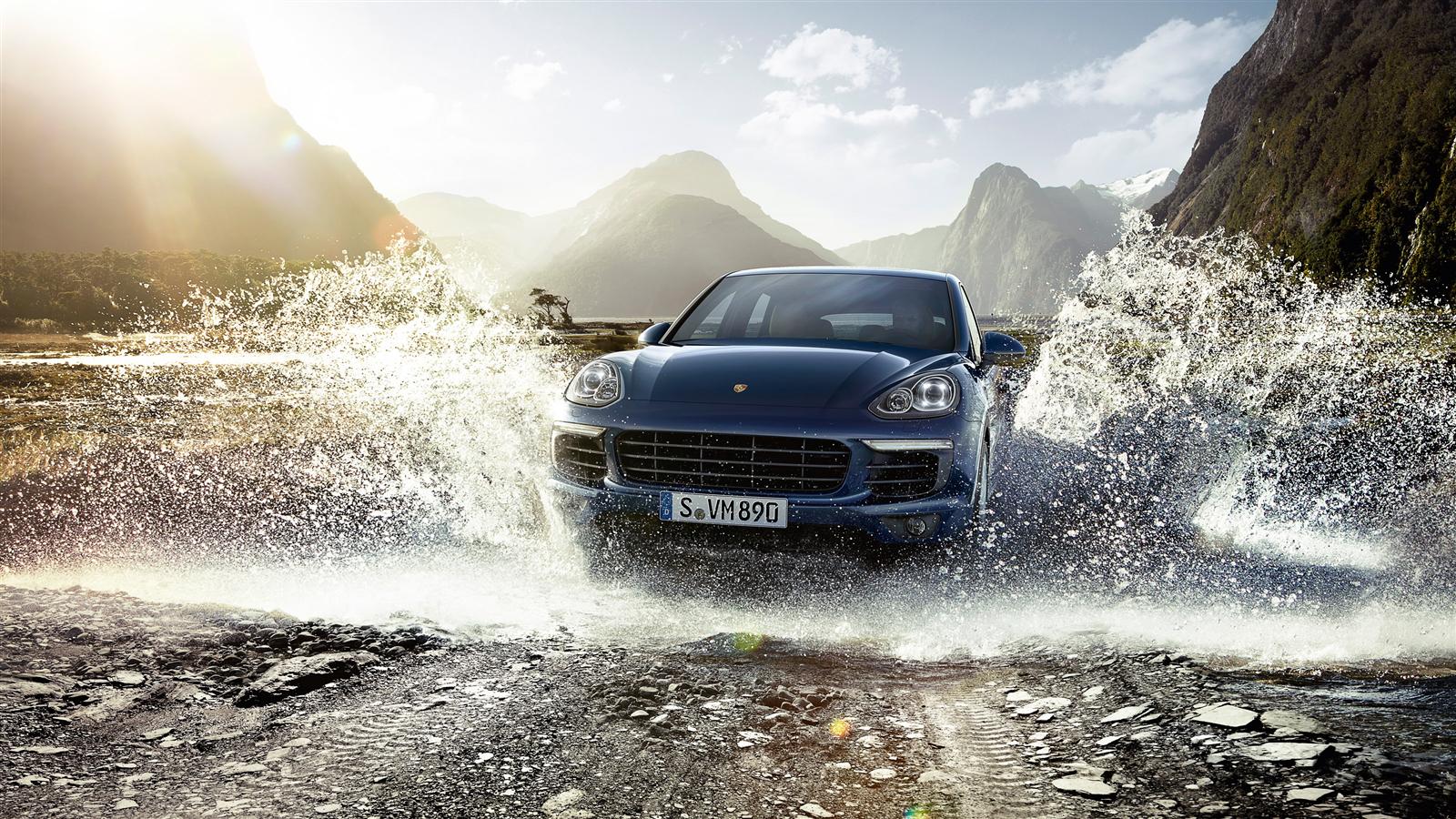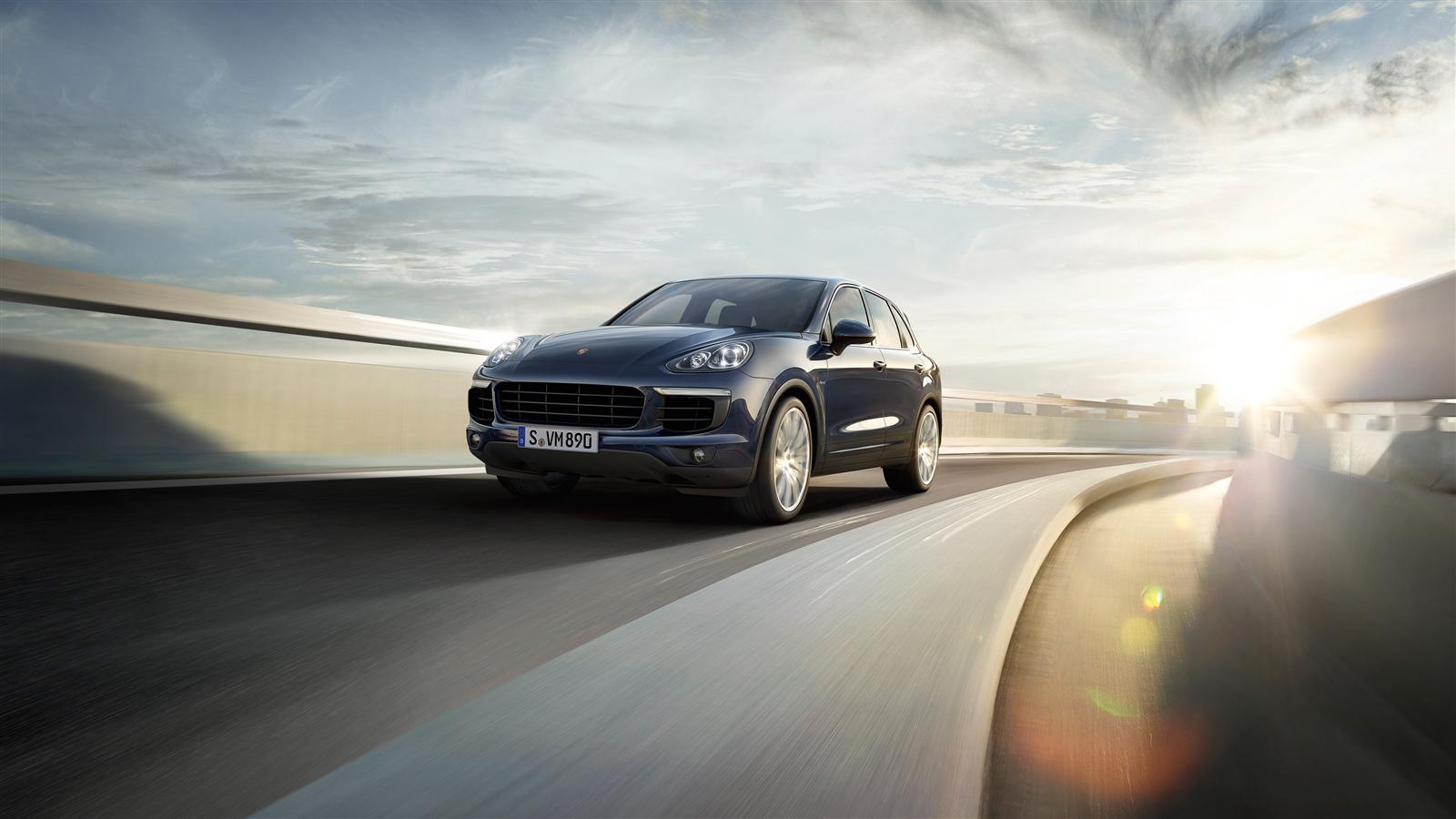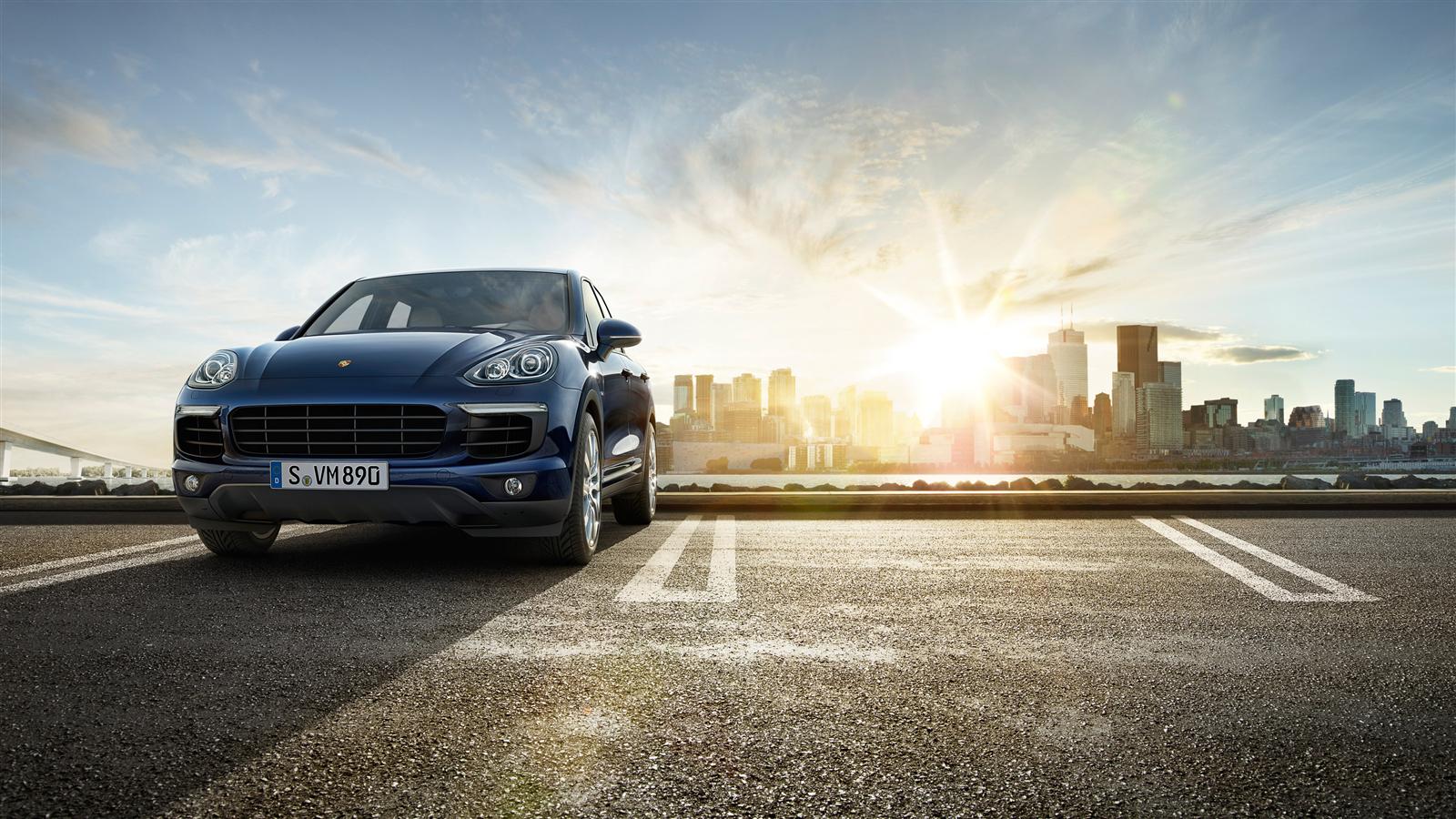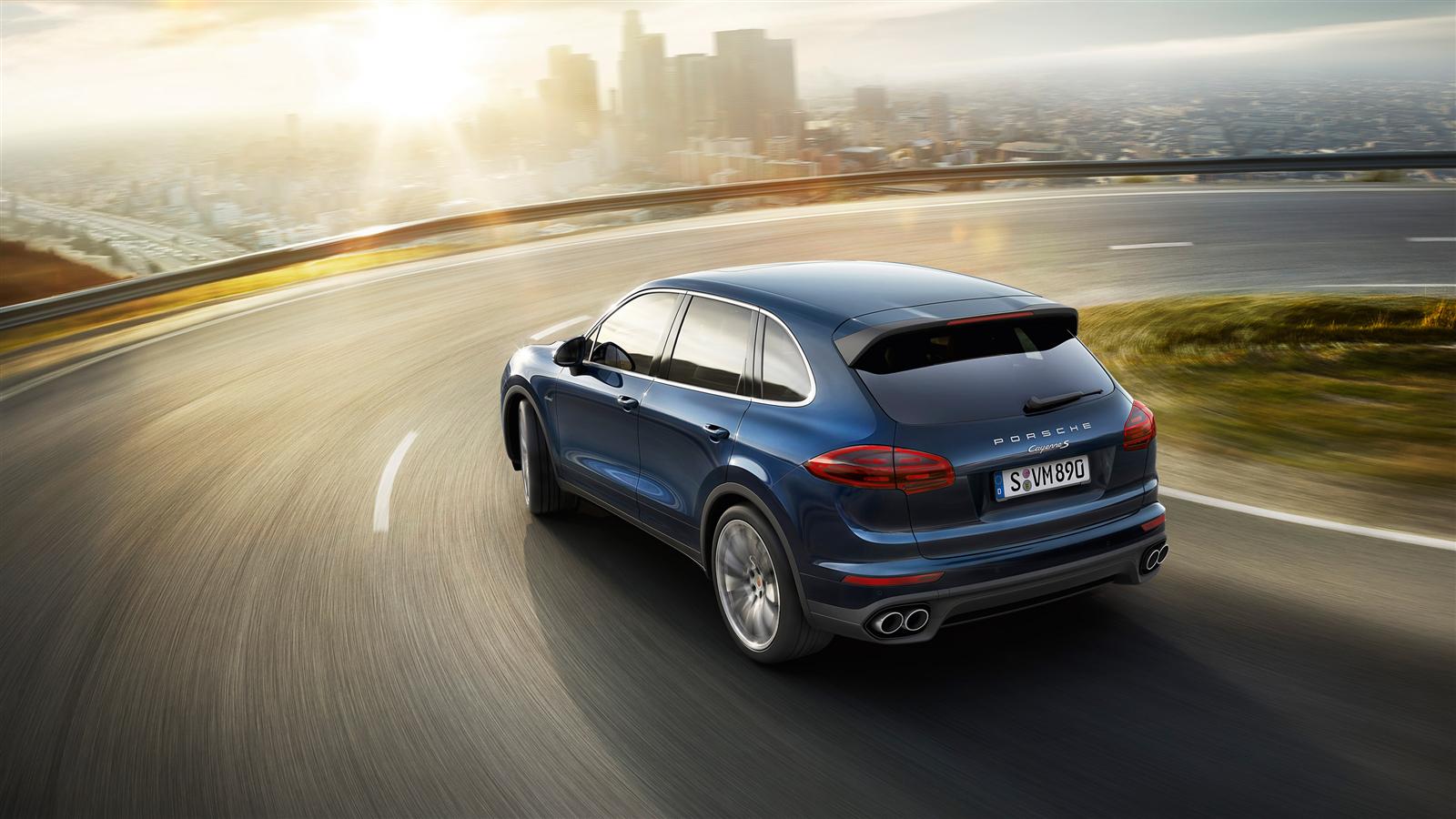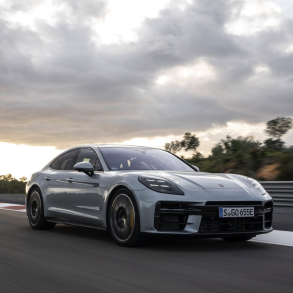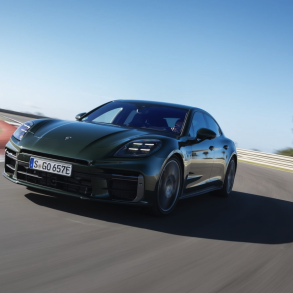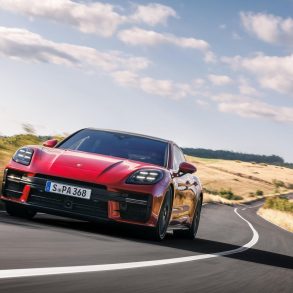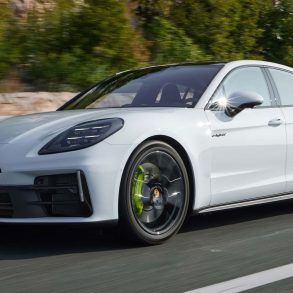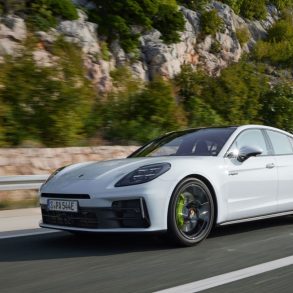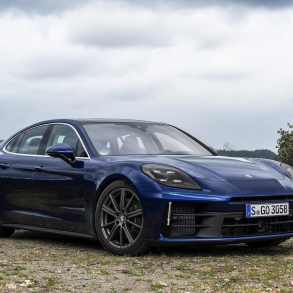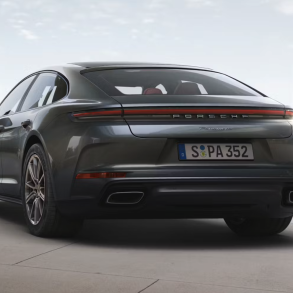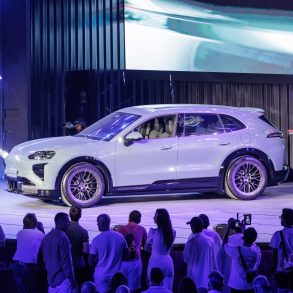(2015 – 2018) Porsche Cayenne Diesel – Ultimate Guide
The facelifted version of the Porsche Cayenne was introduced in 2014 and it received a restyled design, new features, and, most important, upgraded engines, such as the V6 diesel version.
Between 2002 and 2010, the Cayenne was sold in more than half-of-million units. It was a huge success for the German car-maker. The V6 diesel version played an important role in this and Porsche decided to keep it in the stable. Along with the facelifted version of the second generation Cayenne, a new V6 diesel was installed.
Under the hood, the 2014 Cayenne Diesel offered an enhanced version of the 3.0-liter V6 diesel unit. It produced 22 hp more than its predecessor while lowering the CO2 emissions and increase the fuel-efficiency. The standard 8-Speed Tiptronic (automatic) transmission helped in achieving better figures. The U.S. version didn’t get the new, 262 hp unit and it was kept with the older, 240 hp one.
Pictures
Press Release
The New Porsche Cayenne: Higher Performance, More Comfort and Increased Efficiency
A success story continues
Stuttgart/Atlanta. A sharper design, boosted efficiency and an extensive set of standard options are characteristics of the new Porsche Cayenne. A sports car among sport utility vehicles (SUVs), the Cayenne offers seating for five paired with high performance driving typical of Porsche.
The new generation of the Cayenne will be launched in four versions in the United States: Cayenne Diesel, Cayenne S, Cayenne Turbo, and the world premiere of the Cayenne S E-Hybrid, which is the first plug-in hybrid in the premium SUV segment. This model, together with the Panamera S E-Hybrid and the 918 Spyder, make Porsche the world’s only car manufacturer to offer three plug-in hybrid models. Another highlight is the entirely new 3.6 liter twin-turbo V6 engine for the Cayenne S. It was entirely developed by Porsche and shows both improved performance and fuel economy compared to its predecessor.
The Cayenne is a unique success story at Porsche, with the company introducing the first model in 2002. This vehicle made the idea of a sports car in the SUV segment a reality – and it set standards right from the start. Sales have exceeded all expectations: Over 276,000 first generation vehicles were produced (2002 to 2010), and approximately 303,000 units of the second generation, which was introduced in 2010, have been produced so far.
Sharpened exterior design
In this latest version, Porsche designers have given the Cayenne an even sharper design with precise lines and purposefully placed light refracting edges. The design of the front body, the front fenders and the hood are entirely new. Another new feature are the airblades, which are air fins located on the right and left of the vehicle’s front end used to guide air to the intercoolers for cooling, while also making a strong visual statement.
At first glance, the new Cayenne can be clearly made out as a Porsche by its Bi-Xenon™ headlights, which are standard on the Diesel, S, and S E-Hybrid models, with “hovering” four-point LED daytime running lights. Standard on the top model, the Cayenne Turbo, are high performance LED headlights with the Porsche Dynamic Light System (PDLS).
The rear section of the new Cayenne was also thoroughly updated. The layout of the rear lights creates a three-dimensional effect; the brake lights – like the LED daytime running lights in front – are designed in four elements. The license plate recess, tailgate handle and lights are now integrated more elegantly into the tailgate lid. The vehicle’s horizontal lines were also re-designed, giving the vehicle an even fuller stance on the road. The newly designed exhaust tailpipes are now integrated in the lower rear fascia.
In the interior, designers devoted much of their effort to the driver’s space. The driver now gets a new multifunction sport steering wheel with shift paddles as standard. Its look and functions are based on the steering wheel of the 918 Spyder. The rear seating system has also been updated to be even more comfortable, and seat ventilation can now be ordered as an option for the rear seats.
Better efficiency
Power and torque were boosted while improving efficiency. For Porsche, these are not incompatible or contradictory goals; they were enabled by numerous individual modifications to the entire drivetrain. All new Cayenne models feature an improved “auto stop-start function plus” and optimized thermal management. Active air flaps are now being used for the first time in the Cayenne models. They are located behind the center air intake and are controlled by engine management. They are opened or closed according to the specific driving situation and cooling demands. This allows them to adjust the air volume that is available for cooling. When they are closed they improve aerodynamics, which reduces air drag and thereby improves fuel economy.
The Cayenne S E-Hybrid is the first plug-in hybrid in the premium SUV segment. The technical progress made here is immense compared to the previous Cayenne S Hybrid. The new model has a lithium-ion traction battery with an energy capacity of 10.8 kWh, which enables pure electric driving. The power of the electric motor was more than doubled, from 47 hp to 95 hp, resulting in an all-electric top speed of 78 mph. Combined with the 3.0 liter supercharged V6 (333 hp), a total system power of 416 hp at 5,500 rpm and a total system torque of 435 lb.-ft. from 1,250 to 4,000 rpm is available. This enables driving performance on the level of a sports car: zero to 62 mph in 5.4 seconds and a top speed of 151 mph. The traction battery can be charged from the electric power grid or while driving. Porsche Car Connect is standard on this vehicle, and allows the driver to pull relevant vehicle data from a smart phone.
The hybrid tradition at Porsche extends back to 1899 and the Lohner Porsche – the world’s first vehicle to have a battery-powered electric drive as well as a combustion engine, which was designed and built by Ferdinand Porsche. In the current model line-up, the Panamera S E-Hybrid is setting standards worldwide as the first plug-in vehicle of the premium class. The Cayenne S E-Hybrid is now transferring this forward-looking technology to the premium SUV segment. Extraordinarily powerful hybrid technology has also already been implemented in a sports car, in a super sports car no less – the 918 Spyder. This car serves as an example of technology transfer from motorsport to production cars. The most advanced form of hybrid drive technology is currently implemented in the 919 Hybrid, and it is also being studied for production vehicles.
The Cayenne Diesel combines sportiness with even better fuel efficiency. The 3.0 liter, turbocharged V6 engine in the Cayenne Diesel produces 240 hp at 3,800 to 4,400 rpm and 406 lb.-ft. of torque, from 1,750 to 2,500 rpm. With this output, the car can accelerate from zero to 62 mph in 7.2 seconds, and achieve a top speed of 135 mph.
The new 3.6 liter twin-turbo V6 engine of the Cayenne S, which was developed entirely at Porsche, is another example of how downsizing with reduced engine displacement and fewer cylinders does not compromise core values. The twin-turbo V6 develops a maximum power of 420 hp at 6,000 rpm – a gain of 20 hp. The car’s torque of 406 lb.-ft. is available from 1,350 to 4,500 rpm (gain of 37 lb.-ft.). The previous power density of
83 hp per liter engine displacement was increased to 117 hp (gain of around 40 percent). With its standard eight-speed Tiptronic S transmission, the Cayenne S accelerates from zero to 62 mph in just 5.2 seconds (5.1 seconds with the optional Sport Chrono package) – 0.4 seconds faster than the previous Cayenne S. The vehicle’s top speed is 160 mph.
Finally, the Cayenne Turbo is characterized by a high level of performance readiness, uninterrupted forward thrust and an ability to handle any driving situation. 4.8 liter engine displacement, eight-cylinders and twin-turbochargers result in engine power of 520 hp at 6,000 rpm, its torque is 553 lb.-ft. from 2,250 to 4,000 rpm. This lets the Cayenne Turbo accelerate from zero to 62 mph in just 4.2 seconds (4.1 seconds with the optional Sport Chrono package), with a top speed of 173 mph.
Chassis tuning of the new Cayenne was optimized for even greater comfort, naturally without compromising its dynamic pace. This makes the spread between comfort and sportiness even greater than before – and it validates the Cayenne’s claim to being the sports car in the SUV segment.
The new Cayenne models will launch in the US market starting November 1, 2014. MSRP for the new Cayenne models are as follows:
Cayenne Diesel $61,700
Cayenne S $74,100
Cayenne S E-Hybrid $76,400
Cayenne Turbo $113,600
MSRPs are excluding destination charges of $995.


